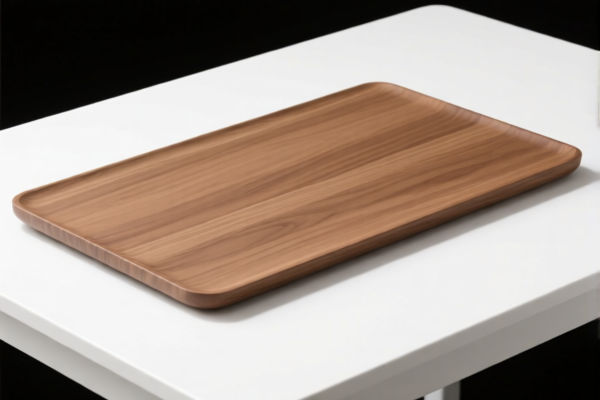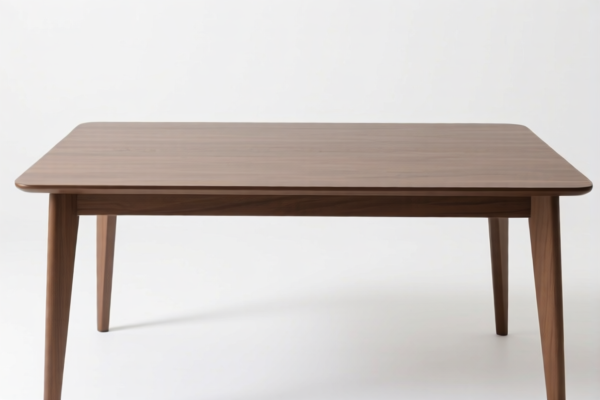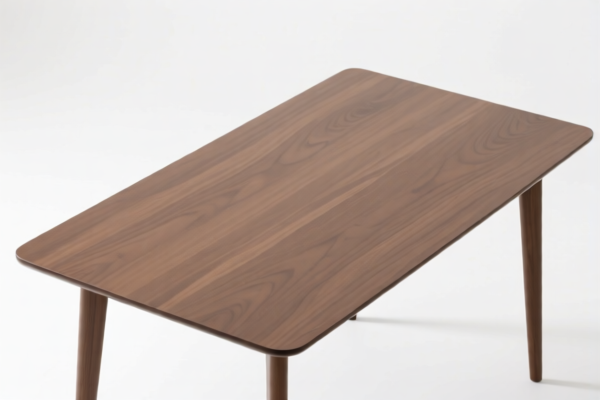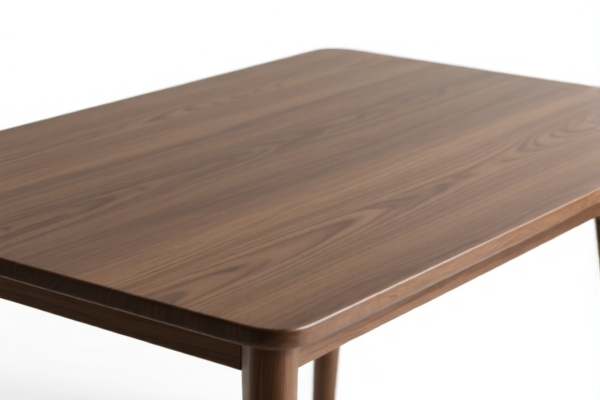| HS Code | Official Doc | Tariff Rate | Origin | Destination | Effective Date |
|---|---|---|---|---|---|
| 8304000000 | Doc | 33.9% | CN | US | 2025-05-12 |
| 8310000000 | Doc | 55.0% | CN | US | 2025-05-12 |
| 9405616000 | Doc | 60.3% | CN | US | 2025-05-12 |




Aisle Board
An aisle board is a sign or display positioned within the aisles of a retail environment – typically grocery stores, supermarkets, or large retail chains – to communicate information to shoppers. They serve a variety of purposes, enhancing the shopping experience and driving sales.
Material
Aisle boards are constructed from a range of materials, selected based on durability, cost, and aesthetic considerations:
- Cardboard: A cost-effective option, frequently used for temporary promotions or frequently changing offers. Less durable.
- Plastic (PVC, Coroplast): Lightweight, water-resistant, and reusable. Suitable for longer-term displays.
- Metal (Aluminum, Steel): Offers high durability and a more premium appearance. Often used for permanent signage.
- Wood: Can provide a rustic or upscale look, but requires more maintenance.
- Acrylic/Plexiglass: Provides a clear and modern appearance, often used for higher-end displays or to protect printed materials.
Purpose
- Product Promotion: Highlighting special offers, discounts, or new arrivals.
- Brand Advertising: Showcasing specific brands or product lines.
- Informational Signage: Providing details about product features, benefits, or usage.
- Cross-Merchandising: Promoting related products together (e.g., salsa with tortilla chips).
- Wayfinding: Directing customers to specific product categories or departments.
- Seasonal Displays: Featuring products relevant to holidays or specific times of the year.
Function
Aisle boards function as a point-of-sale marketing tool, aiming to influence purchasing decisions in situ. They capitalize on the shopper's immediate need and proximity to products. Effective aisle boards are:
- Visually Appealing: Using bright colors, clear graphics, and concise messaging.
- Strategic Placement: Positioned at eye-level and in high-traffic areas.
- Targeted: Relevant to the products within the aisle.
- Concise: Delivering key information quickly and effectively.
Usage Scenarios
- Grocery Stores: Promoting weekly specials, new produce items, or related food products.
- Supermarkets: Advertising discounts on household goods, beverages, or frozen foods.
- Large Retail Chains (e.g., Home Depot, Walmart): Highlighting seasonal items, clearance sales, or specific department promotions.
- Pharmacies: Promoting health and wellness products, seasonal allergy remedies, or new arrivals.
- Liquor Stores: Showcasing featured wines, beers, or spirits.
Common Types
- Shelf Talkers: Small signs attached to shelving units, often highlighting price or features.
- Hanging Boards: Suspended from the ceiling, offering a larger display area.
- Floor Stands: Freestanding boards placed on the floor, providing high visibility.
- Side Boards: Attached to the ends of shelving units, often used for cross-merchandising.
- Digital Aisle Boards: Electronic displays that can be updated remotely, offering dynamic content and interactive features.
- Wobblers: Signs attached to shelving with a flexible arm, designed to "wave" and attract attention.
- Fascia Boards: Larger boards positioned above shelving units, often used for category branding.
Based on the provided information, determining the precise HS code for “aisle board” requires careful consideration of its material, function, and application. Here’s a breakdown of potentially relevant HS codes:
- 8304000000: This code covers desk-top filing or card-index cabinets, paper trays, paper rests, pen trays, office-stamp stands and similar office or desk equipment and parts thereof, of base metal, other than office furniture of heading 9403. If the aisle board is constructed of base metal and functions as organizational equipment for a desk or office setting (e.g., a metal board used to display information or hold documents), this could be applicable. The base tariff is 3.9%, with a 0.0% additional tariff, increasing to 30.0% after April 2, 2025, resulting in a total tariff of 33.9%.
- 8310000000: This code includes sign plates, name plates, address plates and similar plates, numbers, letters and other symbols, and parts thereof, of base metal, excluding those of heading 9405. If the aisle board primarily functions as a sign or display board (e.g., a metal board with lettering indicating aisle numbers), this code might be suitable. The base tariff is 0.0%, with an additional tariff of 25.0%, increasing to 30.0% after April 2, 2025, for a total tariff of 55.0%.
- 9405616000: This code covers luminaires and lighting fittings including searchlights and spotlights and parts thereof, not elsewhere specified or included; illuminated signs, illuminated name-plates and the like, having a permanently fixed light source, and parts thereof not elsewhere specified or included: Illuminated signs, illuminated name-plates and the like: Designed for use solely with light-emitting diode (LED) light sources: Other. If the aisle board is an illuminated sign with a permanently fixed LED light source, this code would be relevant. The base tariff is 5.3%, with an additional tariff of 25.0%, increasing to 30.0% after April 2, 2025, resulting in a total tariff of 60.3%.
According to the provided reference material, the HS code options related to 'aisle board' are limited, with only the following 3 found.
It is important to determine the primary function and construction of the aisle board to select the most accurate HS code. If the board is made of base metal and used for office organization, 8304000000 is appropriate. If it functions as a sign, 8310000000 is more suitable. If it is an illuminated LED sign, 9405616000 applies.
Customer Reviews
No reviews yet.